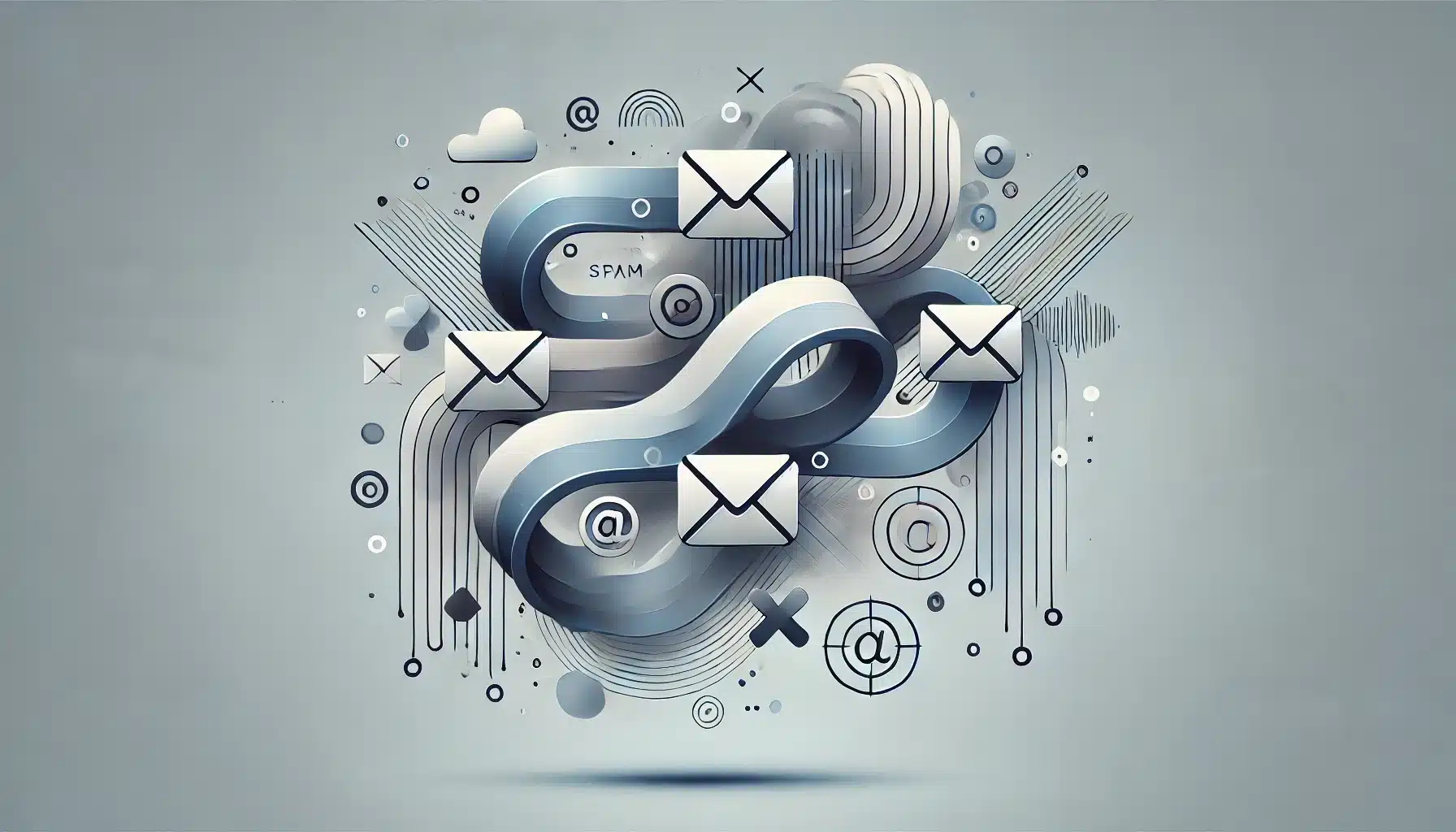What is International Stop Spam Day?
International Stop Spam Day, observed every year on January 2nd, is a global awareness day focused on reducing the volume of unwanted spam messages, emails, and calls. This day encourages individuals, businesses, and organizations to adopt best practices in spam prevention, enhancing cybersecurity and protecting personal data. Spam often includes unwanted advertising, phishing scams, or malicious links that can compromise user privacy and security. By promoting responsible digital habits, International Stop Spam Day aims to make online spaces safer and more manageable for everyone.
This day serves as a reminder of the importance of vigilance against spam, underscoring the role that each person plays in protecting themselves and contributing to a safer online environment.
History and Origin
International Stop Spam Day was established in 2020 by Bob Matthews, founder of Holiday Insights, in response to the global need for better spam awareness and prevention. Spam, originally referring to mass-produced email advertisements, has evolved into a significant cybersecurity issue affecting users across digital platforms. With the rise of phishing, malware, and identity theft associated with spam, this day was created to educate people about the risks and to offer practical ways to recognize and avoid spam.
The date, January 2nd, was chosen to start the new year with a focus on good digital hygiene, encouraging users to refresh their cybersecurity practices and adopt preventive measures against spam from the beginning of the year.
Who Celebrates International Stop Spam Day?
- Cybersecurity Experts: Professionals in cybersecurity mark the day by sharing tips and strategies on how to protect against spam, raising awareness of the digital risks it poses.
- Businesses and IT Departments: Many organizations celebrate by evaluating their email and network security protocols, updating spam filters, and educating employees on identifying phishing and spam emails.
- Educational Institutions: Schools and universities use the day to teach students and staff about safe digital practices, helping them recognize and handle spam securely.
- Tech Enthusiasts and Digital Users: Individuals take this day to enhance their digital habits, setting up spam filters, learning to identify suspicious content, and protecting their personal information.
- Government and Regulatory Bodies: Many regulatory agencies promote guidelines and policies aimed at reducing spam and protecting consumers from online threats.
Slogans and Themes
International Stop Spam Day revolves around themes of digital safety, privacy, and proactive security. Slogans like “Stay Safe, Stop Spam” and “Protect Your Inbox, Protect Your Data” capture the essence of the day, encouraging both personal and collective efforts to reduce spam. The day emphasizes the importance of adopting preventive measures and staying informed on the latest cybersecurity practices.
Colors, Symbols, and Patterns
- Colors:
- Red, representing caution, alertness, and the need to stop and recognize potential spam threats.
- Blue, symbolizing trust and digital security, aligning with cybersecurity and protection.
- Gray, representing neutrality and a spam-free, secure digital environment.
- Symbols:
- Shield icon, symbolizing defense against spam and other online threats.
- Envelope with a cross, representing blocked or unwanted emails, typical of spam messages.
- Trash bin, indicating the action of deleting or discarding spam messages.
- Patterns:
- Lock and key motifs, symbolizing cybersecurity and the safe guarding of personal information.
- Alert icons, reflecting the caution required to recognize and deal with spam.
- Circuit board designs, representing the digital world and the need for secure practices online.
Most Used Hashtags
- #StopSpamDay
- #SayNoToSpam
- #DigitalSafety
- #ProtectYourInbox
- #FightSpam
How to Celebrate International Stop Spam Day
- Strengthen Your Spam Filters: Activate or update spam filters on your email accounts to minimize unwanted emails. Many email providers offer customizable filters to help keep your inbox free from spam.
- Learn to Recognize Spam: Familiarize yourself with common spam indicators, such as suspicious links, urgent language, and requests for personal information, so you can identify and delete spam effectively.
- Report Spam Emails: Most email services allow you to report spam, which helps improve spam detection algorithms and protects others from similar messages.
- Use Two-Factor Authentication: Enhance your digital security by enabling two-factor authentication (2FA) on your accounts, providing an extra layer of protection against unauthorized access.
- Educate Others: Share what you know about spam prevention on social media or within your network, using the day’s hashtags to spread awareness and encourage others to adopt safe online practices.
Why is International Stop Spam Day Important?
International Stop Spam Day is significant because it addresses the growing need for digital safety and cybersecurity awareness in today’s interconnected world. Spam is not only annoying but can also pose serious threats, including phishing scams, malware, and identity theft. By promoting education and preventive measures, the day empowers people to be proactive in protecting their personal information and to make online spaces safer for everyone.
The observance of International Stop Spam Day highlights that each user’s actions contribute to a more secure digital environment. It serves as a call to action for individuals, organizations, and tech developers to work together in minimizing spam and enhancing cybersecurity for all.
Features
January 2: Stop Spam Day
Why do you keep falling for the same type?
Read the article Lovemaps: the hidden blueprint of our love.

